You have no items in your shopping cart.
CD4 Antibody
Catalog Number: orb699618
| Catalog Number | orb699618 |
|---|---|
| Category | Antibodies |
| Description | Recognizes a protein of 55kDa, identified as CD4. It is a membrane glycoprotein of T lymphocytes that interacts with major histocompatibility complex class II antigens and is also a receptor for the human immunodeficiency virus. This protein is expressed not only in T lymphocytes, but also in B cells, macrophages, and granulocytes. It is also expressed in specific regions of the brain. The protein functions to initiate or augment the early phase of T-cell activation, and may function as an important mediator of indirect neuronal damage in infectious and immune-mediated diseases of the central nervous system. The majority of peripheral T-cell lymphomas are derived from the T-helper/regulatory cell subset so that most mature T-cell neoplasms are CD4+/CD8-. Anti-CD4 is used in the immunohistochemical staining of lymphoproliferative disorders to evaluate tumors with CD4 aberrant expression. |
| Clonality | Recombinant |
| Species/Host | Rabbit |
| Isotype | Rabbit IgG |
| Conjugation | Unconjugated |
| Reactivity | Human |
| Immunogen | A portion of amino acids 216-396 from the human protein was used as the immunogen for the recombinant CD4 antibody. |
| UniProt ID | P01730 |
| Tested applications | IHC-P |
| Dilution range | Immunohistochemistry (FFPE): 1-2ug/ml for 30 minutes at RT |
| Application notes | Optimal dilution of the recombinant CD4 antibody should be determined by the researcher. |
| Antibody Type | Primary Antibody |
| Clone Number | CD4/3619R |
| Formula | 0.2 mg/ml in 1X PBS with 0.1 mg/ml BSA (US sourced), 0.05% sodium azide |
| Storage | Maintain refrigerated at 2-8°C for up to 2 weeks. For long term storage store at -20°C in small aliquots to prevent freeze-thaw cycles. |
| Research Area | Epigenetics, Immunology, Infectious Diseases |
| Note | For research use only |
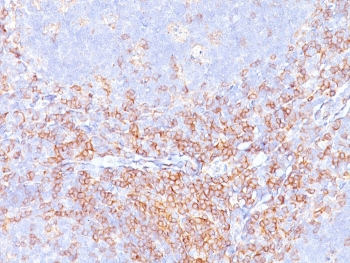
IHC staining of FFPE human tonsil with recombinant CD4 antibody. HIER: boil tissue sections in pH9 10mM Tris with 1mM EDTA for 20 min and allow to cool before testing.

IHC staining of FFPE human lymph node with recombinant CD4 antibody. HIER: boil tissue sections in pH9 10mM Tris with 1mM EDTA for 20 min and allow to cool before testing.

Analysis of HuProt (TM) microarray containing more than 19000 full-length human proteins using recombinant CD4 antibody. These results demonstrate the foremost specificity of the CD4/3619R mAb. Z- and S- score: The Z-score represents the strength of a signal that an antibody (in combination with a fluorescently-tagged anti-IgG secondary Ab) produces when binding to a particular protein on the HuProt (TM) array. Z-scores are described in units of standard deviations (SD's) above the mean value of all signals generated on that array. If the targets on the HuProt (TM) are arranged in descending order of the Z-score, the S-score is the difference (also in units of SD's) between the Z-scores. The S-score therefore represents the relative target specificity of an Ab to its intended target.
CD4 antibody [orb4830]
ELISA, ICC, IF, IHC-P, WB
Human, Mouse, Rat
Rabbit
Polyclonal
Unconjugated
100 μgCD4 Recombinant Rabbit Monoclonal Antibody [orb612230]
FC, IF, IHC-Fr, IHC-P, WB
Human
Rabbit
Recombinant
Unconjugated
50 μl, 100 μl, 25 μlCD4 Rabbit Polyclonal Antibody [orb182470]
FC, IF, IHC-Fr, IHC-P, WB
Bovine, Canine, Guinea pig, Rat, Sheep
Human, Mouse, Porcine
Rabbit
Polyclonal
Unconjugated
50 μl, 100 μl, 200 μlCD4 Antibody [9H5A8] [orb1239267]
ELISA, IHC-P, WB
Human, Mouse, Rat
Monoclonal
Unconjugated
0.1 mg, 0.02 mgAnti-CD4 [MT310] [orb348853]
Blocking, FC, IF, IHC-P, IP, NeA
Human, Primate
Mouse
Monoclonal
Unconjugated
0.2 mg
CD4 Antibody (orb699618)
Participating in our Biorbyt product reviews program enables you to support fellow scientists by sharing your firsthand experience with our products.
Login to Submit a Review


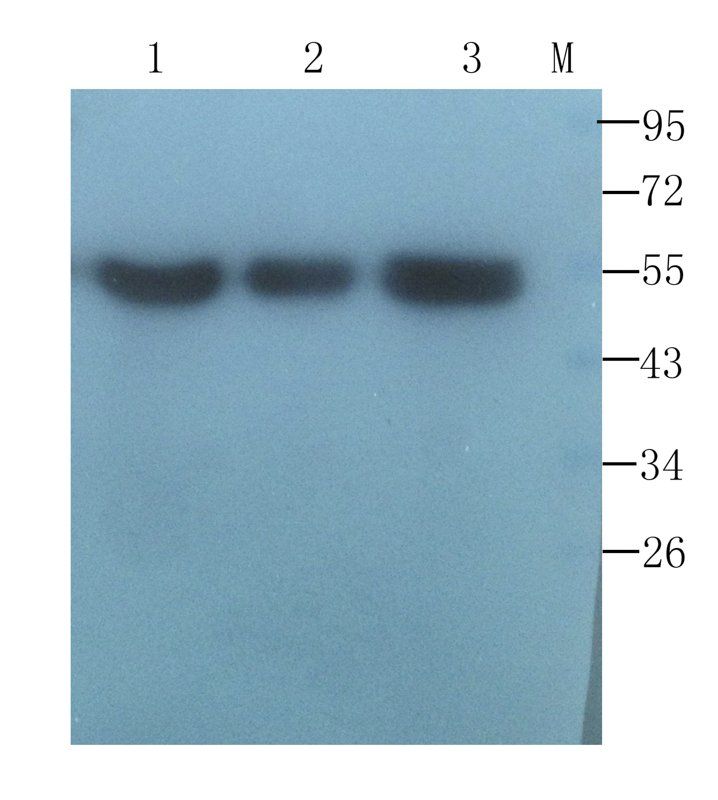

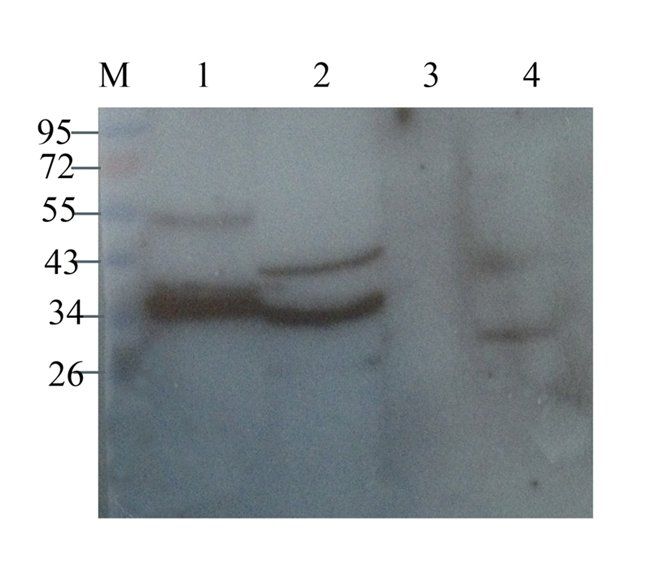
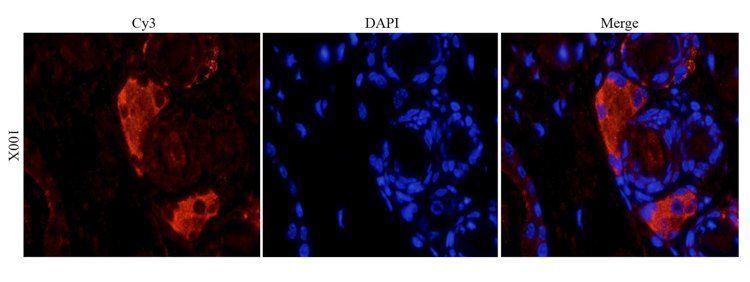


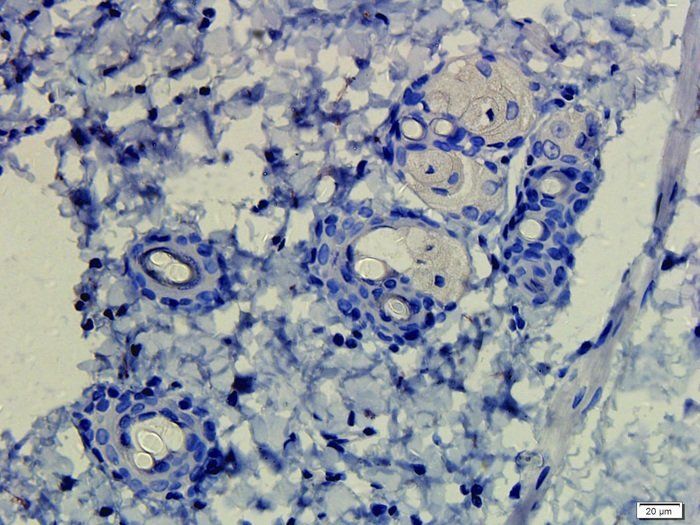

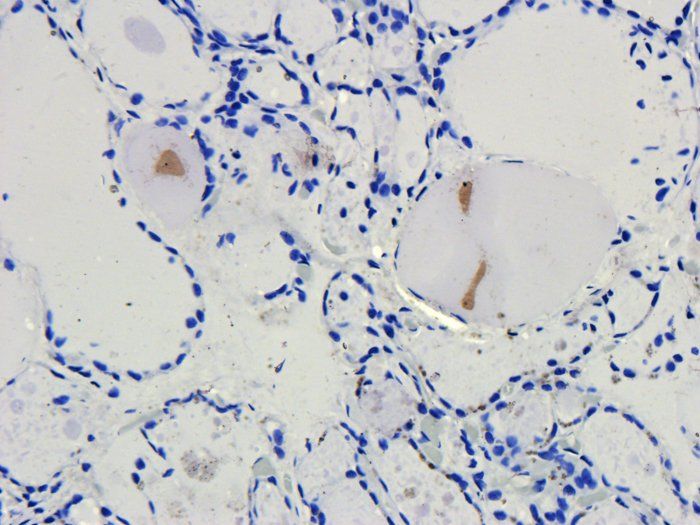

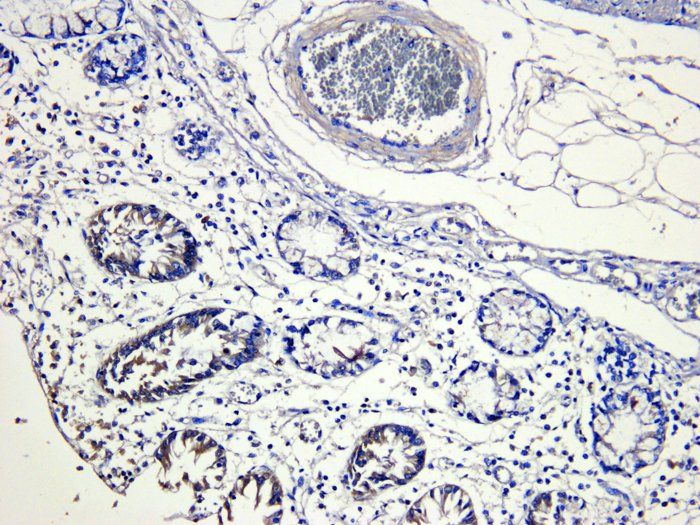



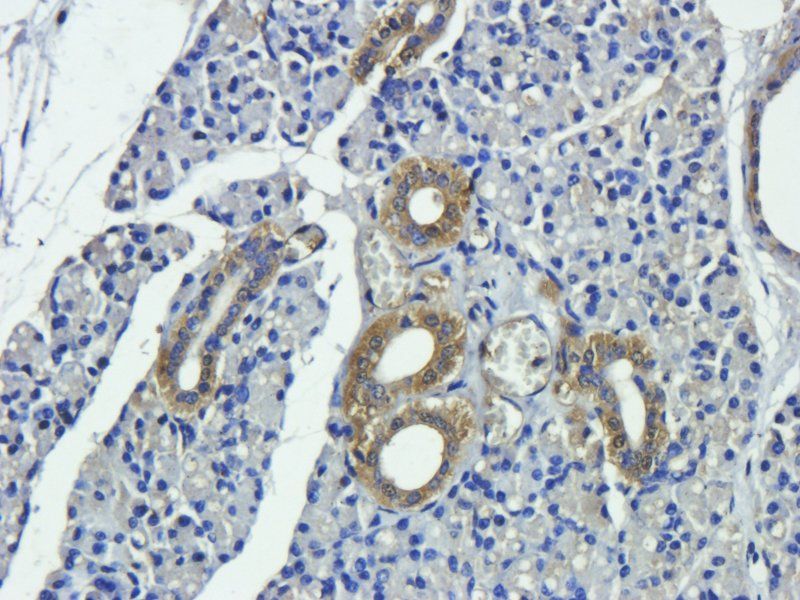


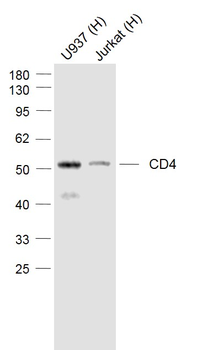
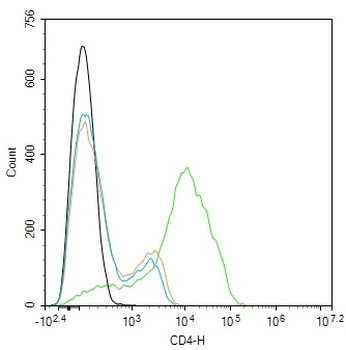
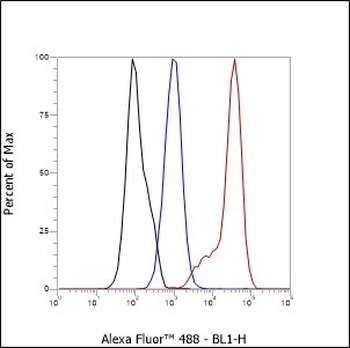

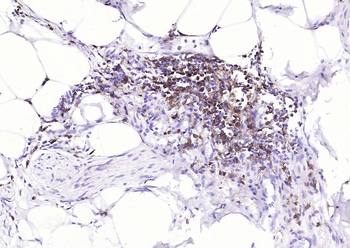
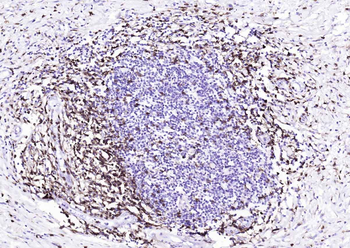
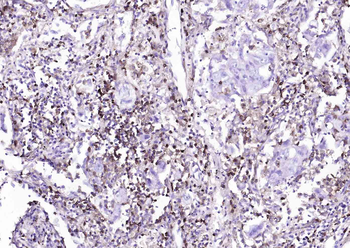

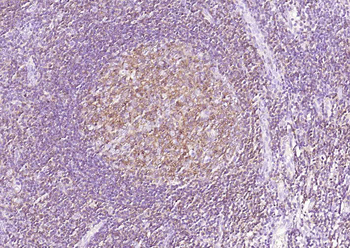



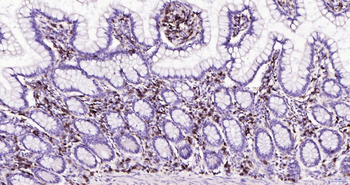


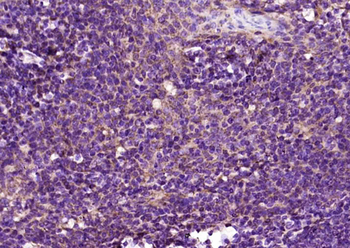


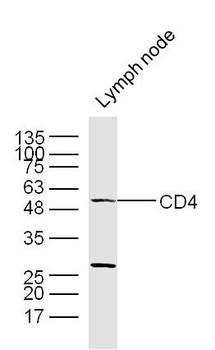
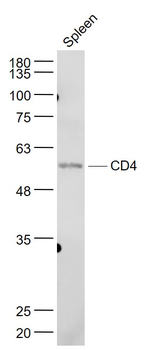
![CD4 Antibody [9H5A8]](/images/pub/media/catalog/product/NewWebsite/15/orb1239267_1.gif)
![CD4 Antibody [9H5A8]](/images/pub/media/catalog/product/NewWebsite/15/orb1239267_2.gif)
![CD4 Antibody [9H5A8]](/images/pub/media/catalog/product/NewWebsite/15/orb1239267_3.gif)
![CD4 Antibody [9H5A8]](/images/pub/media/catalog/product/NewWebsite/15/orb1239267_4.gif)
![CD4 Antibody [9H5A8]](/images/pub/media/catalog/product/NewWebsite/15/orb1239267_5.gif)
![CD4 Antibody [9H5A8]](/images/pub/media/catalog/product/NewWebsite/15/orb1239267_6.gif)
![CD4 Antibody [9H5A8]](/images/pub/media/catalog/product/NewWebsite/15/orb1239267_7.gif)
![CD4 Antibody [9H5A8]](/images/pub/media/catalog/product/NewWebsite/15/orb1239267_8.gif)
![Anti-CD4 [MT310]](/images/pub/media/catalog/product/NewWebsite/35/orb348853_1.png)
![Anti-CD4 [MT310]](/images/pub/media/catalog/product/NewWebsite/35/orb348853_2.png)
![Anti-CD4 [MT310]](/images/pub/media/catalog/product/NewWebsite/35/orb348853_3.png)
![Anti-CD4 [MT310]](/images/pub/media/catalog/product/NewWebsite/35/orb348853_4.png)
